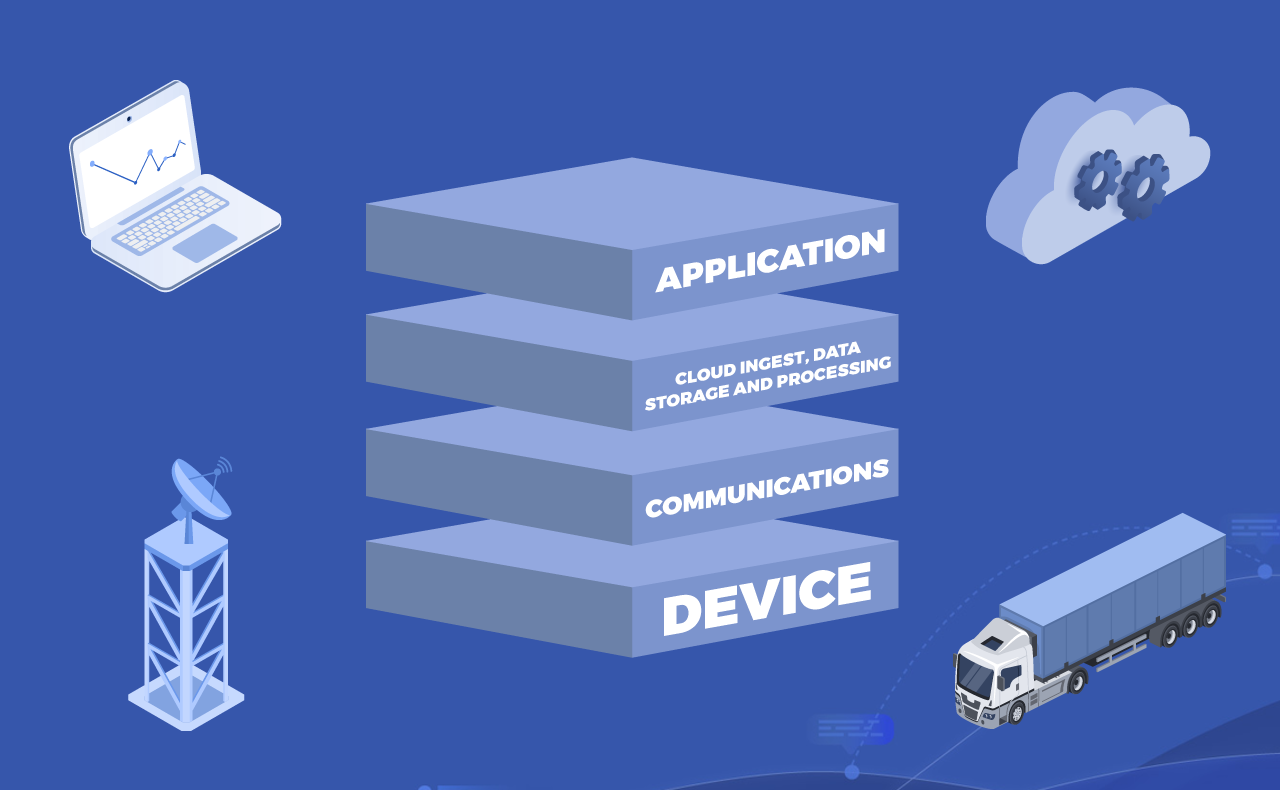
- November 2025 (1)
- October 2025 (3)
- September 2025 (3)
- August 2025 (3)
- July 2025 (2)
- June 2025 (3)
- May 2025 (3)
- April 2025 (3)
- March 2025 (2)
- February 2025 (1)
- December 2024 (2)
- November 2024 (1)
- August 2024 (2)
- June 2024 (3)
- May 2024 (3)
- April 2024 (1)
- March 2024 (3)
- February 2024 (2)
- January 2024 (2)
- December 2023 (1)
- November 2023 (2)
- October 2023 (2)
- September 2023 (1)
- August 2023 (1)
- July 2023 (2)
- June 2023 (3)
- May 2023 (2)
- March 2023 (4)
- January 2023 (2)
- November 2022 (2)
- September 2022 (1)
- August 2022 (2)
- July 2022 (2)
- June 2022 (1)
- May 2022 (1)
- April 2022 (3)
- March 2022 (1)
- February 2022 (3)
- January 2022 (2)
- December 2021 (1)
- November 2021 (1)
- October 2021 (2)
- September 2021 (3)
- August 2021 (1)
- July 2021 (4)
- May 2021 (2)
- April 2021 (2)
- March 2021 (2)
- February 2021 (3)
- January 2021 (3)
- December 2020 (1)
- October 2020 (1)
- August 2020 (1)
- August 2019 (1)
- January 2019 (2)
- September 2018 (5)
- June 2018 (1)
- November 2017 (1)
- September 2017 (1)
- July 2017 (1)
- May 2017 (1)
- January 2017 (1)
- October 2016 (2)
- August 2016 (1)
- July 2016 (1)
- June 2016 (1)
Subscribe by email
There’s a lot that goes into making IoT devices function as they should. All of the hardware, software, services, and applications need to work together seamlessly for an IoT system to be effective — and this requires a solid intentional IoT architecture. In this post, we’ll explain the various layers of IoT architecture and the role of each. We’ll then share how the architecture works together in a practical example.
What Is IoT Architecture?
Every IoT system is different, and there are a variety of ways to look at IoT architecture. However, despite the many variations, all follow the same basic structure and flow. IoT architecture requires four main components: connected hardware “things” collecting and processing data via sensors and controlling devices at the edge communications link (sometimes more than one), to transport data to/from the cloud, a processing system (often part of a cloud platform offering), and a cloud-based or local data center to store, manage, and analyze the data.
4 Layers of IoT Architecture
For Internet of Things solutions to work effectively, these four IoT architecture layers are required, each having a specific function.
1. Device Layer
This first layer of IoT architecture is a sensing layer that includes devices , sensors, and actuators that collect data from their surroundings and control things at the edge. Devices that sense or control things in the real world is the foundation layer for an IoT ecosystem. You’ll see businesses in almost every industry utilizing the power of IoT, and new use cases are popping up regularly.
2. Communications Layer
The second layer is a network layer that transports data from the Device Layer to the Internet, often via a Gateway which may perform some additional processing and often aggregates communications with many edge devices. Security functionality including authentication, encryption and malware protection may be done here, and some processing and decision-making may be done in this layer as well.
The best way to better understand this layer is by sharing a couple of different examples. A standard topology we frequently see is based on LoRaWAN sensors that communicate with a gateway for what is considered edge processing. Then the gateway sends the data to the cloud via cellular connectivity.
The cellular connectivity backhaul portion of this layer is something Zipit provides for clients including Device Solutions, HeatSiecker, Smardii, and others. For example, Device Solutions has a system for monitoring refrigeration systems in schools to improve food safety, reduce waste, and simplify regulatory compliance. HeatSiecker provides a livestock monitoring solution based on heat detection, an invaluable addition to smart farming and livestock management. Smardii is a company in the healthcare industry that created a way to monitor adult diapers to improve the lives of seniors and the ability to provide eldercare to those who need it in a timely manner.
While many industries use a similar topology, each individual solution is still unique, and the use case often determines: whether the data will mostly be processed in the cloud or on or near the device, and how much cellular data is consumed on a monthly basis.
3. Cloud Ingest, Data Storage and Processing Layer
The data processing layer is structured to handle data analysis and pre-processing. Depending on the application and implementation, this layer is either located in the gateway or in the cloud. Here, data can be accessed by applications for edge analytics in use cases like autonomous vehicles where real-time data is necessary. Data is monitored and managed while the processing is completed.
At the data processing level, data such as images and readings from various sensors is received from the edge devices and gateways. For example, Bushnell’s system sends images from its wireless trail cameras to the cloud (via cellular) where they are automatically processed to identify the presence of people, animals, or vehicles.
Cloud platform providers like AWS, Azure and others have IoT-specific services to enable the ingestion and routing of the data flow to the cloud. This provides additional processing/routing power to make it easier to manage and store this data and to scale up the infrastructure as device deployments grow.
In Devices Solutions’ refrigeration monitoring system, processing is distributed across multiple layers. At the device level, several sensors are sampled every 5 minutes, these samples are then sent to the cloud via a gateway once an hour. However, if the device determines that the temperature is outside of configurable limits, it will immediately send readings to the cloud via the gateway. In the cloud, if an out-of-range reading is received, additional filtering can be performed to eliminate false alarms due to events such as brief door opening before alerting end users of a problem. In the cloud, additional processing can be done to identify problems which require a larger number of samples, data from multiple devices, or other sources such as weather or schedule information.
Learn more: IoT Cloud: An Introductory Guide
4. Application Layer
The application layer is located in the cloud, where data is used by end-user applications. This is true even in the case of edge computing, which generally still interacts with the cloud for data that isn’t required in real time. Once the data is processed in the cloud, it’s used for applications like smart farming, healthcare, manufacturing, smart cities, fleet management, and others to monitor system performance, identify problems, and more.
The 4 Layers of IoT Architecture Working Together
IoT architecture is a complex topic, and it may be easier to see how it works with an example. Using the Device Solutions refrigerator monitor example mentioned briefly above, let’s look at how this works.
- Device Layer: A temperature sensor takes temperature readings inside a refrigerator.
- Communications Layer: Readings are sent to a router or a gateway device via a proprietary LoRa protocol and sent to the cloud via cellular
- Data Storage and Processing Layer: The cloud stores and processes the incoming data to generate alerts in real time and, when possible, reduce the total amount of data stored.
- Application layer: The cloud generates reports and analysis for end users to applications and record keeping, via both web interfaces and email delivery.
Laying the Right Foundation with IoT Architecture
The architecture of your IOT system will determine its cost, flexibility, scale-ability, and performance, therefore it is crucial to build an architecture that meets the needs of your use case and understand the capabilities and limitations of each layer. Zipit Wireless delivers multi-carrier cellular connectivity platforms which enable you to connect devices in a diverse set of countries using a variety of cellular carriers to ensure that your communications layer is reliable and flexible. The Zipit Wireless solution also simplifies end-user on-boarding and payment processing for IoT solutions companies and OEMs.
Learn how Zipit supports IoT solutions companies with our IoT deployment and device management platform. Contact us to discuss your company's unique needs.
You might also like:
Related Content
The latest IoT insights and platform updates from Zipit.
IoT asset tracking unlocks real-time awareness, predictive power, and operational ...
From the sales floor to supply chains, IoT solutions are reshaping retail with unp...
Internet-connected objects increasingly dominate both professional and personal sp...


